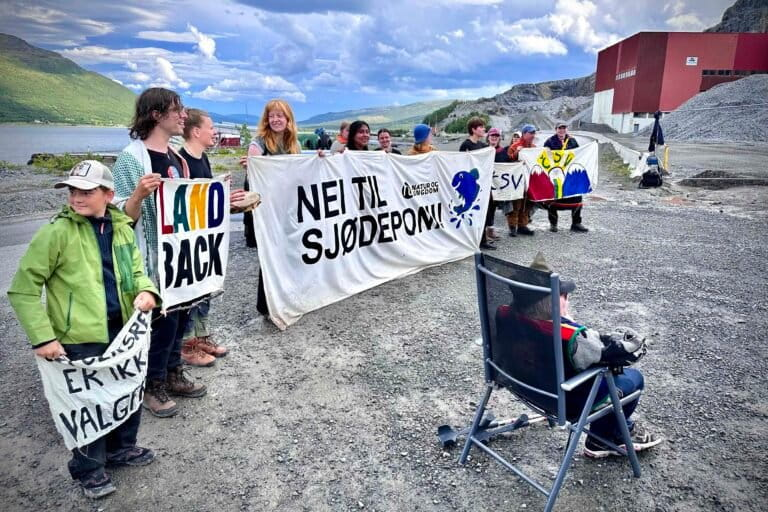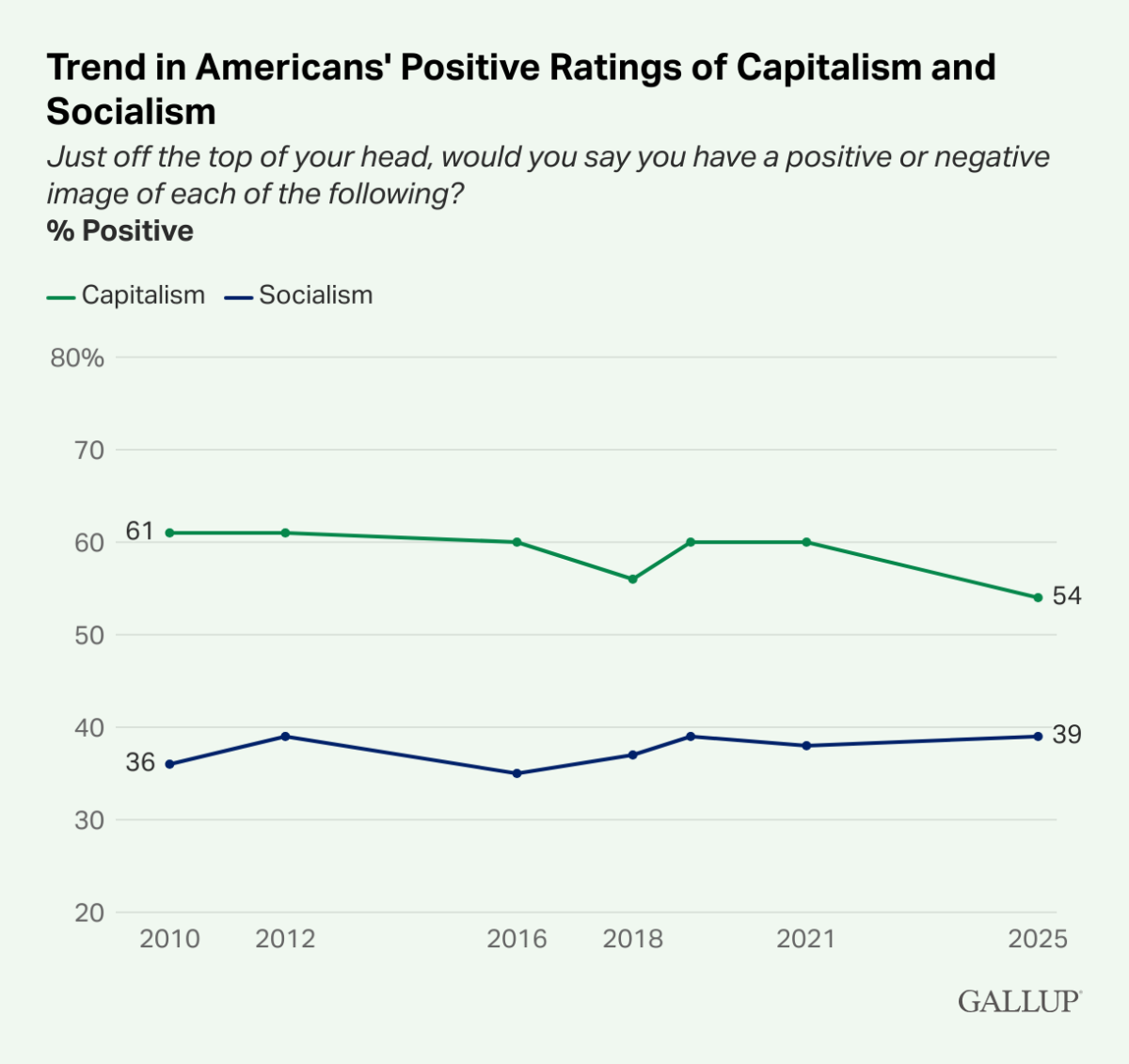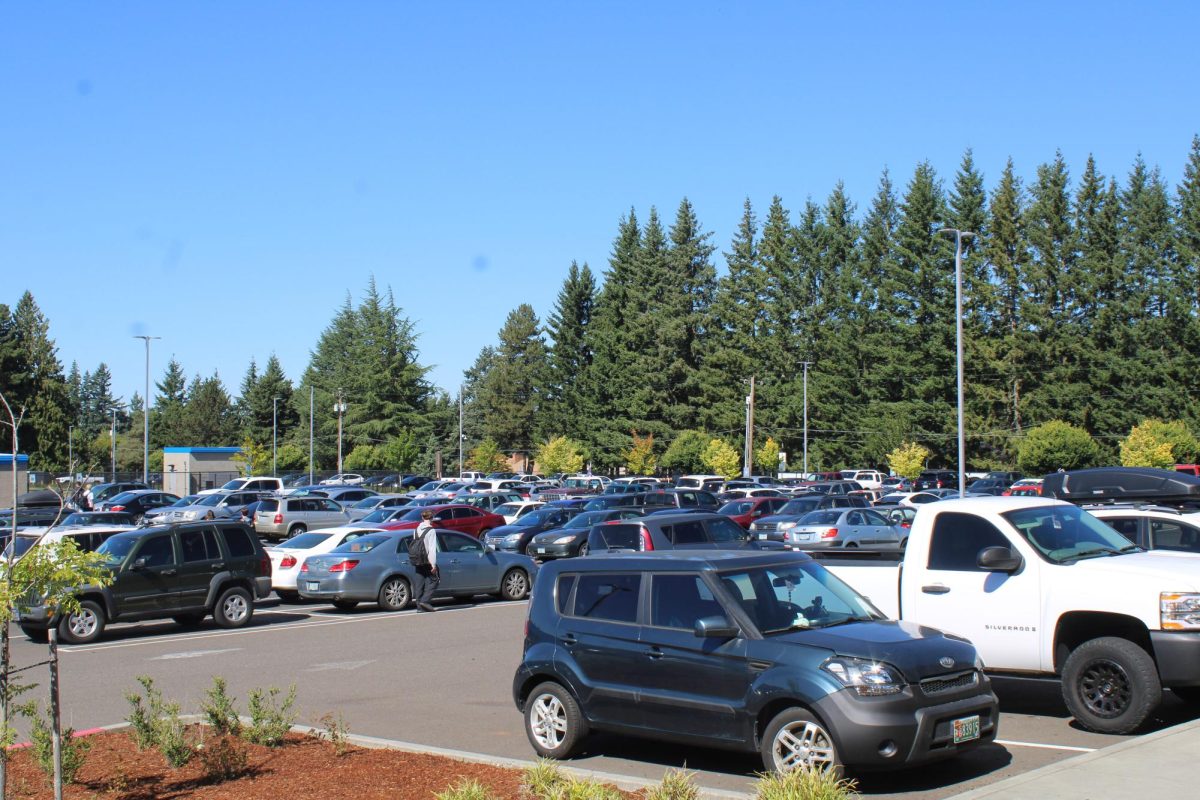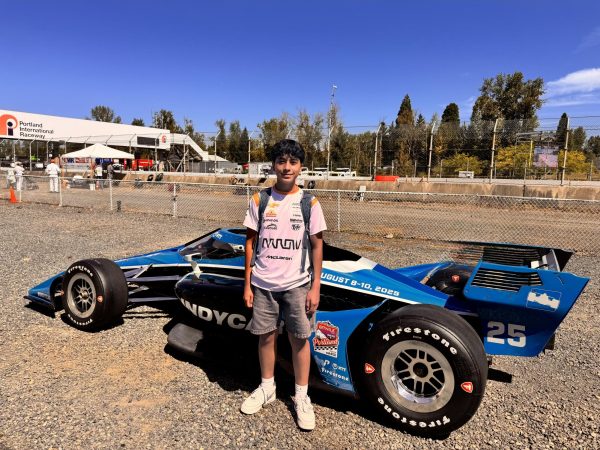As climate change continues to rise, the European Union (EU) has vowed to resist. They are implementing their ‘Green Transition’ plan, which aims to achieve climate neutrality by 2050, and require all member states to implement climate policies, such as establishing and providing resources for the implementation of green infrastructure in support of their ‘green transition.’
To successfully implement this plan, resource extraction, land, and economic growth are likely required. An example of this is Sweden’s plan to mine rare-earth minerals that would disrupt the lifestyle of indigenous reindeer herders. If a mine is established at the rare-earth mineral deposit, called Per Geijer (Europe’s largest), it could completely cut off migration routes used by the Sami village of Gabna.
The impact could have vast cultural consequences, especially for the Sami people. The Sami people are an indigenous group that spans parts of Norway, Sweden, Finland, and Russia, who have historically faced vast amounts of discrimination and persecution, especially from the nation state. A prominent aspect of Sami culture is reindeer herding, which provides meat, milk, skin, and antlers, all of which are integral to their traditional way of life.
Lars-Marcus Kuhmunen, a Sami Reindeer herder and chairman of the Sami Village of Gabna, vocalized his concern over the effect it would have on their indigenous way of life and emphasized the importance the reindeer has on the Sami culture in Sweden. He testified that, “Everything is founded around the reindeers: The food, the language, the knowledge of mountains. Everything is founded around the reindeer herding. If that ceases to exist, the Sami culture will also cease to exist.”
With the plan to transition to increased environmentalism, it’s important to note that there is also a drastic impact on reindeer.
This is not a one-off event. Åsa Össbo and Patrik Lantoo, who focus on indigenous research, in their article, “Colonial Tutelage and Industrial Colonialism: reindeer husbandry and early 20th-century hydroelectric development in Sweden,” write that, “early hydroelectric development in the reindeer grazing areas was made possible through an immersed colonialism.” The early exploitation of natural resources was wrought together with colonial attitudes by the Swedish state towards the Saami livelihoods
The impact isn’t just on the reindeer and the Sami culture; it affects other aspects of the environment as well. According to Åsa Össbo, an environmental expert researcher, as herding groups have to change their practices, migration routes, and interactions with each other, rivers and dammed lakes become unsustainable.
This would be caused by water pollution, acid mine drainage, and overgrazing. Mining creates vast amounts of toxic waste; these pollutants can flow into nearby lakes and rivers, which would poison the water and the ecosystem it supports. When minerals are exposed to air and water during mining, sulfuric acid is formed. When in contact with rocks, it leaches toxic metals and carries these toxins into the water system- leading to a toxic cycle, even after the mine has closed. Also, when the reindeer’s traditional migration route is closed, herds are forced into smaller land areas, which exceeds the capacity of sustainable energy the environment can provide, which would overwhelm and overgraze the area, leading to a loss of the ecosystem.
These plans can be contrasted with the idea of ‘green colonialism.’ According to Earth.org, green colonialism can occur internally in a country; as we invest more into renewable energy and conservation, it often comes at the expense of marginalized communities, such as indigenous groups. Although the intentions are good, indigenous groups have long relied on the land or migration routes, becoming integrated into their culture, but now are forced to relocate or change their migration routes, removing an integral part of their culture.
Lars-Marcus Kuhmunen lastly says, “So you’re kind of both taking away the migration route that they have used traditionally over hundreds and thousands of years, and you would also take away that forage resource that they should have used during that time.” He struggles with the realization that he can’t tell future generations what they’re doing if it ceases to exist in the future.








